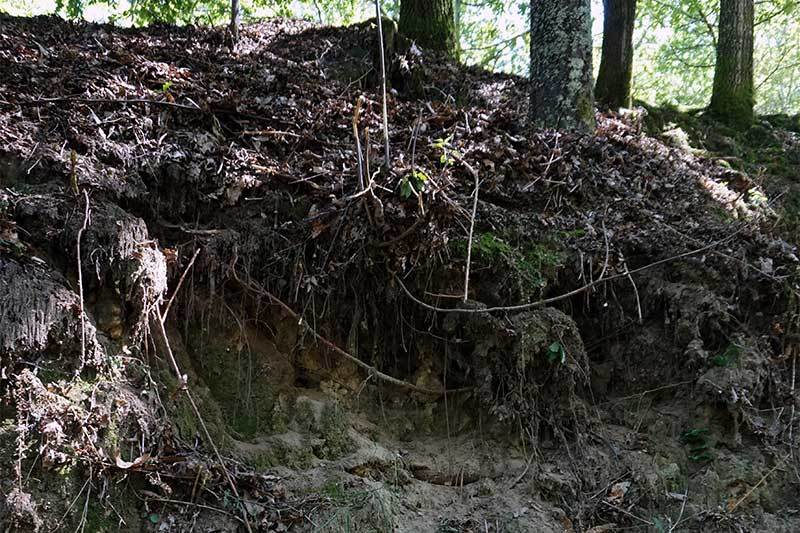Although at first glance it is difficult to perceive it, did you know that at least a third of the life of the planet is under our feet?
The soil is the surface part of the biologically active terrestrial crust that is formed by the combination of two activities: physical and chemical disintegration of rocks and accumulation of residues that occur derived from the activities of living organisms settled on them.
Most of the organisms responsible for decomposing and mineralizing dead organic matter that will generate life again live in the soil. To fulfill this objective, the soils harbor a great biodiversity.
If we analyze in detail the living part of the soil, we will find that it is full of organisms. Is not that surprising? You must know that scientists studying soils classify this great variety of organisms, many of them still unknown, depending on their size. They do it by grouping them into 3 classes: microflora and microfauna, when they are smaller than 100 micrometers; Mesofauna, when they oscillate between 100 micrometers and 2 millimeters and finally macrofauna when they are greater than 2 mm.
These organisms greatly condition the characteristics of soils, such as its acidity, degree of compaction, humidity or aeration, and thus determine the life that emerges over them.
Hopefully you understand better now that the quality of the soil is fundamental for the maintenance of life on the planet. For example, most of the food we eat comes from the soil. Any disturbance on the ground will have a high impact on the food security and on life on the planet.
You should also know that soils have a great ability to regulate carbon dioxide emissions by capturing carbon from the air. Live soils help us to avoid the greenhouse effect!
Although it is difficult to perceive, soils are complex systems where very important processes occur for the development of life on them. Taking care of them, we take care of ourselves.
